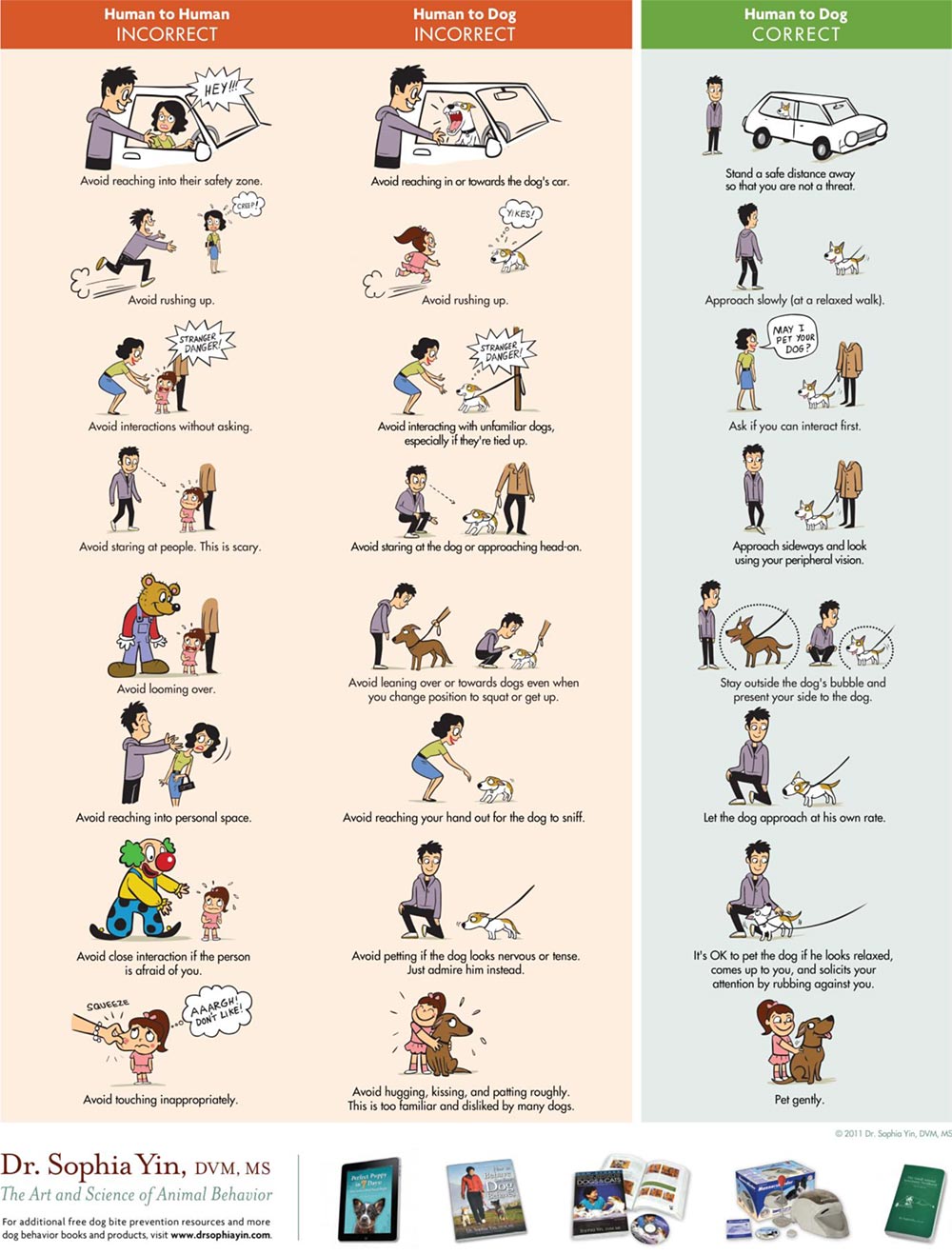The first few days
Your new dog is coming from a rescue program so her past may not be fully known. Since being with Agape, she has been nurtured and cared for by her foster family. They have given her love, shelter, stability and a structured routine. Expect your dog to go through an adjustment period upon moving to her new family. During this time your new dog will be trying to figure out how she fits into her new surroundings, and your goal is to make the transition as smooth as possible.
Spend plenty of time getting acquainted with your new dog during her first few days. Follow your normal daily routine and take her out to potty often, do a little training (5 minutes at a time), pet her, talk to her, and give her plenty of time to relax and get used to the normal sights and sounds of her new home. Be sure your new dog has a quiet spot to call her own where she will be safe and can have the expectation of being left alone. This may be a covered crate with the door open, a bed in the corner of a room or another quiet place. Give her a chance to explore while still keeping her in sight. Watch for signs she needs to go out.
Suggestions to help your dog transition
Be a Good Leader. Calm, Consistent, and Kind: Dogs need a calm leader they can both respect and trust in any situation. This is an ongoing process – your dog is looking at you every day and in every situation to see if she can trust you to be in charge. Start the moment your dog comes home by using a consistent training vocabulary, giving her lots of exercise, insisting on good behaviors, correcting unacceptable ones, and giving her praise when she pleases you. A good leader is also engaged with his or her dog by being watchful, protective and quick to defend. This means keeping a close eye on her reactions to her environment and being willing to help her out of difficult situations. Always remain calm! Dogs are masters at reading our emotions. Something as simple as remembering to breath can help your dog remain calm. (Think of your dog as a guest at a party who may not speak the language or understand the customs. Pay close attention and try to anticipate situations where help might be needed.
Develop a Routine for Her Day: Dogs need to know what to expect and do best when there is a consistent, structured routine to their day. Make sure that feeding, exercise, and potty breaks happen in the same order and as close to the same time every day as possible.
Learn to Read Your Dog: Body language is how dogs communicate. Through practice you will become better at recognizing when she is stressed or needs a break. Stress related signals include: turning the head away, lip licking, yawning, sniffing the ground, closing the mouth, going stiff, or becoming frantically animated. If your dog exhibits any of these behaviors, remove the dog from the situation to a quiet location.
Use the Vocabulary She Understands: A list of the words she knows, any hand signals that apply and how they are used will be included in your adoption packet. Using the words she knows will help ease her into her new surroundings. If she doesn’t respond immediately, give her a few seconds before you repeat the request. Avoid, saying her word over and over again, and don’t use force to get her to comply. Remember she wants to do what you ask, but she needs time to learn what is expected in her new home.
Exercise Daily: Dogs need regular exercise and this is a great way to bond with your dog. Go for long walks together and give your dog a chance to sniff her new world. If you have another dog in your home, walking the dogs together will help them to bond. Play with your dog and engage her in activities that give her mind as well as her body a workout (training, agility, and scent classes or puzzle toys). A tired dog is a good dog!
Establish Acceptable Behavior and Unacceptable Behavior Immediately: Before your new dog comes home, decide what behaviors are important to you as a family. Will she be allowed on the furniture or the bed? Where will she sleep (see note on sleeping) or will she be allowed in the kitchen while you cook/eat? It can be very confusing for the dog if rules change or are not consistent between family members. It is much easier to start out teaching acceptable behaviors than to try to “fix” it later. If she is doing something you don’t want her to do, redirect her to a more appropriate behavior. Be sure to praise her when she is doing the right thing.
Use Positive Reinforcement: While in foster care, positive reinforcement has helped your dog learn how to live as a polite family member. Using positive reinforcement means giving your dog something that makes her happy immediately after she does what you ask. Timing is important. The dog will decide on what is her preferred reinforcing treat, so watch closely to see what she really enjoys. Is it a tiny treat, a favorite toy, or maybe verbal praise and a pat to the chest or side? Refer to your adoption packet for a list of things that make her happy. Stopping reinforcement too soon is a common mistake, so continue to reinforce her long after you think she “knows” what to do.
Anticipate New Situations and New People: Your new dog will be experiencing some stress in her new home simply because of all the changes she is experiencing. Make sure to ease her gradually into new situations and new people. Give her a chance to get comfortable and instruct people she meets on the proper way to touch her. Don’t let people rush up to her, reach for her or loom over her. Let her get confident enough in her new surroundings to greet people on her own. When someone asks to pet your dog, notice if she is backing away, hiding behind you, or acting afraid. Don’t hesitate to say “No petting.” You can offer the option to drop treats on the ground for her. This will not only keep her safe; it will help her learn she can trust you when she is feeling overwhelmed.
Observe the NO HUG Rule: As humans we love to pet our dogs on the head, hug them, put our face in theirs and sometime kiss them. Dogs however, are NOT fond of this type of greeting! Although many family dogs will tolerate such behavior, very few actually enjoy the experience. Greeting a dog that doesn’t know you in this manner can lead to disaster! It is much better to let the dog approach the person who should then turn sideways and hold his hand by his side (avoid reaching toward the dog’s face). Stand quietly, don’t make direct eye contact and let them come to you.
Be Patient Be Consistent: Your dog is always learning from you whether you are actively training or not. The more consistent you are with your expectations, the easier her transition will be. Speak calmly, use simple words she understands and remember she will be learning what makes you happy. When you find your dog doing something you don’t want her to do, ask yourself what you do want her to do. Work to teach her what is expected. Be gentle, be consistent and be patient.
A note about sleeping arrangement: We highly recommend that your new dog sleep in the same room with you or another family member. Dogs are social animals and sleeping in the same room not only gives them comfort but helps them adjust more quickly to the routine of their new household.
References:
- Love Has No Age Limit by Patricia McConnell PhD and Karen London PhD
- Do Over Dogs by Pat Miller CPDT-KA, DCBC
- Leadership Basics by Suzanne Clothier www.suzanneclothier.com
How to Greet a Dog (and What to Avoid)
Appropriate greetings are common sense. Imagine if someone greeted you the way many people greet dogs!

